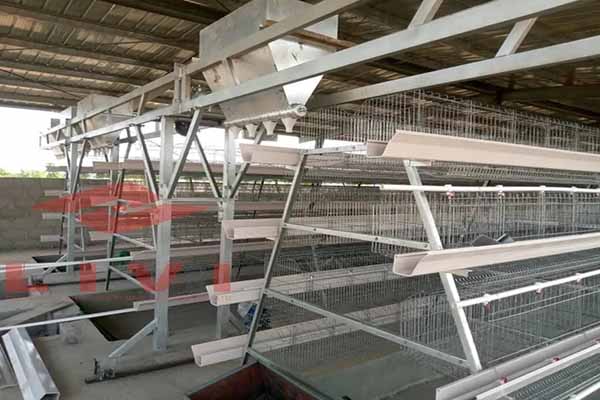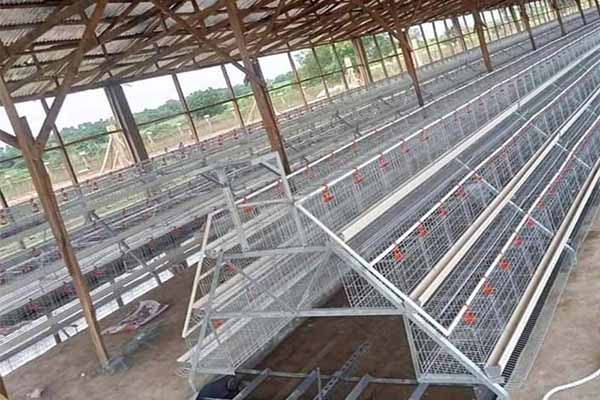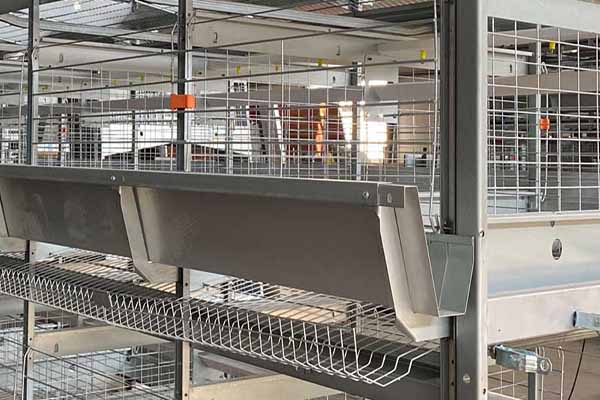Optimizing Climate Control for Poultry Houses in Kenya: A Comprehensive Guide for 200,000 Chickens
In the bustling poultry industry of Kenya, managing a climate control system is crucial for the health and productivity of over 200,000 chickens. A well-designed climate control system ensures the optimal environment for growth, reduces mortality rates, and enhances overall profitability. In this article, we delve into the key aspects of a climate control system tailored for a large-scale poultry house in Kenya.
Understanding the Climate Control System for Poultry Houses
The climate control system in a poultry house is designed to maintain the ideal temperature, humidity, and air quality for the chickens. Here are some essential components and considerations:

- Temperature Regulation: The optimal temperature for chicken growth is typically between 70°F to 75°F (21°C to 24°C). Sensors and thermostats monitor and adjust the temperature to keep it within this range.
- Humidity Control: Relative humidity should be maintained between 50% to 60%. High humidity can lead to respiratory issues, while low humidity can cause heat stress. Dehumidifiers and humidifiers are used to maintain the ideal level.
- Air Quality: Ventilation systems are crucial for exchanging stale air with fresh air. Filters are used to remove dust, dander, and pathogens, ensuring a clean environment for the chickens.
- Illumination: Proper lighting is essential for growth and health. LED lighting systems are energy-efficient and provide the required light spectrum for chickens.
Designing a Climate Control System for 200,000 Chickens
Designing a climate control system for a poultry house housing 200,000 chickens requires careful planning and consideration of the following factors:

- Space and Layout: The system must be scalable to accommodate the size of the house. A well-organized layout minimizes the distance air has to travel, ensuring even temperature distribution.
- Energy Efficiency: High energy costs can impact profitability. Opt for energy-efficient systems and components to reduce operational expenses.
- Reliability and Maintenance: Choose durable and reliable equipment that requires minimal maintenance. Regular maintenance schedules are essential for optimal performance.
- Control Systems: Automation is key for efficient climate control. Advanced control systems can adjust settings based on real-time data, ensuring optimal conditions at all times.
For instance, a study conducted by the International Poultry Council in Kenya revealed that an efficient climate control system can lead to a 10% increase in chicken growth rate and a 5% reduction in mortality rates.
Conclusion
Investing in a robust climate control system for your poultry house in Kenya is a strategic move that can significantly impact your farm’s success. With the right system in place, you can create an ideal environment for your  chickens, leading to higher productivity and profitability.
chickens, leading to higher productivity and profitability.
Are you ready to elevate your poultry farm to new heights? Contact Livi Mechanical today for a free, customized poultry house design and equipment quotation. Our team of experts is here to guide you through every step of the process.




